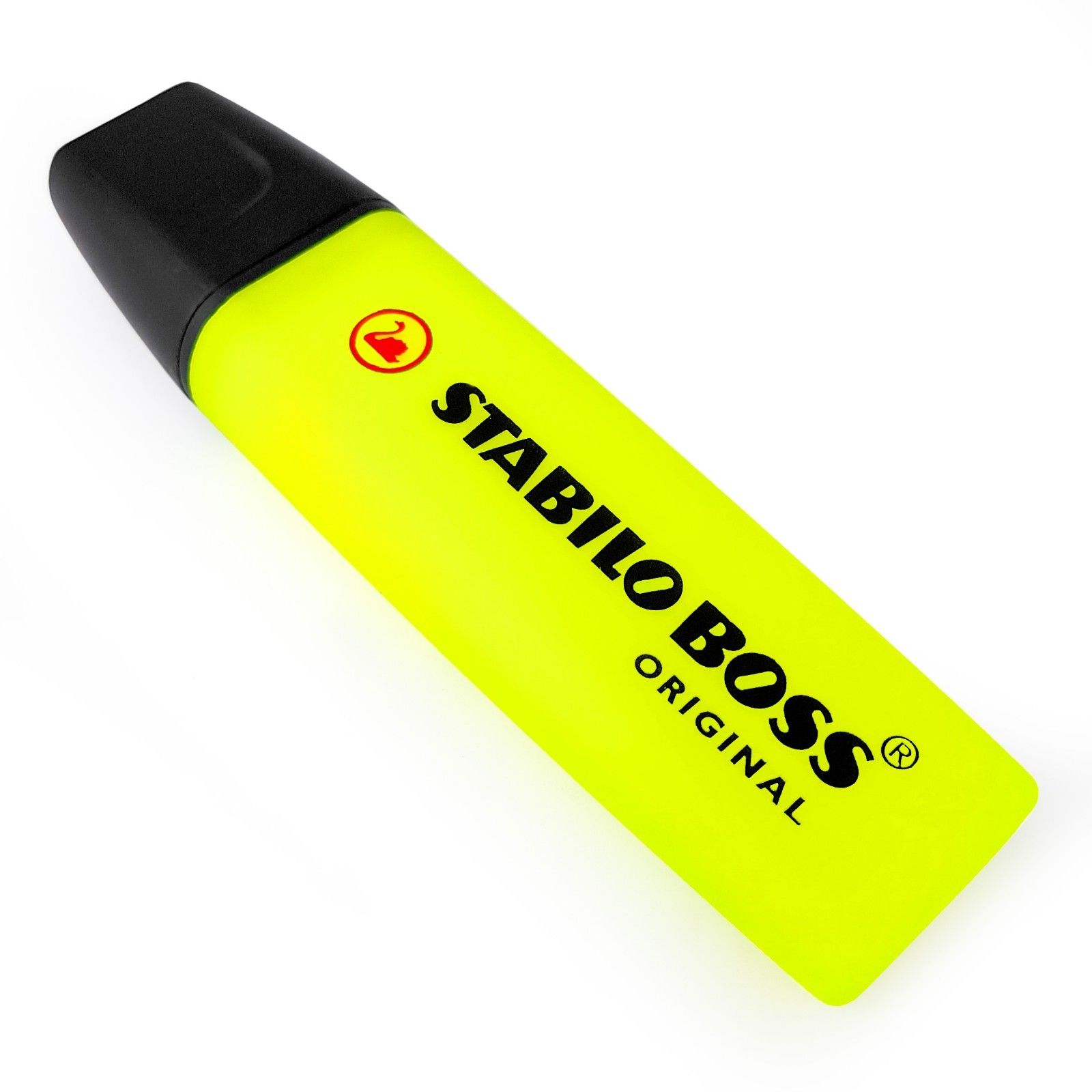Below is the link to week 1 Home Learning Pack:
Just a reminder about the use of the Home Learning Packs:
The majority of the content is the same as the daily blogs but adapted slightly to avoid the need for external websites. Some children may require maths that has been adapted slightly so in the document we have produced a separate ‘adapted maths’ section to ensure they are practising work suited to them.
We are aware that moving from one link to another can be time-consuming for some so by uploading a week’s worth of learning we hope we can provide further support to those families who would prefer this method.
Monday’s Learning 1/5/2020:
English: Watch the video called ‘Little Freak’ https://www.youtube.com/watch?v=INHVxA-rM48

and plan a setting description. Use bullet point notes to identify what you can see in the main setting of the video: e.g jug, chains, chair. Next, get a thesaurus and add description to your objects that you have identified: e.g. chains with an abundance of spikes sharply pointing into the air
Maths:
Complete the following arithmetic paper (answers at the bottom):
Watch lesson 1 on the following website, complete the worksheet and check your answers
https://whiterosemaths.com/homelearning/year-6/
German:
You will be practising numbers, colours and the question “Magst du ….?” (Do you like ….?) with various topics and you will be able to practise your speaking skills. You will need: a piece of A4 paper, coloured pens and scissors. If you do not have access to the internet, see if you can ask an adult to show you how to make one…
- Watch this video on how to make a “chatterbox”. Follow the instructions on how to make it. You will be writing slightly different things inside it. https://www.youtube.com/watch?v=WpsmrQdN0Do
- Colour in the four squares each with a different colour (like on the video) and also write in German the colour (eg, rot, blau, gelb, grün, weiß, braun, schwarz, lila, rosa).
- On the small triangles inside (like on the video) write any 8 numbers between 1 and 30 and then write the German words for those numbers as well. Use the numbers sheet from Monday 18th May to help you spell them.
- Underneath the triangles, when you lift them up you are going to write some questions (not like on the video this time). Questions must all start with “Magst du…?” which as you know, means, “Do you like…?”.
Here are some example questions to help get you started but you can use any food / drink / school subjects / activities words in German:
Magst du Orangen? (Do you like oranges?)
Magst du Vanilleeis? (Do you like vanilla ice cream?)
Magst du ….? Schwimmen (swimming), Tanzen (dancing), Gymnastik (gymnastics), Fußball (football)
Magst du ….? Englisch, Mathe, Musik, Sport
Magst du ….? Apfelsaft (apple juice), Tee (tea), Kaffee (coffee), Wasser (water)
5. How to play:
Ask a sibling or adult to choose a colour – say it in German. Spell out the colour whilst opening the chatterbox to the top and side.
Now ask your partner to choose a number (in German). Open out the chatterbox to the top and side and count up to the number they have chosen IN GERMAN.
When you finish counting, your partner has to choose another number in German. Open the flap under that number and read out the question underneath. Your partner can answer Ja (yes) or Nein (no) or they could say Ja das ist lecker (Yes that is delicious) / Ja das macht Spaß (Yes that is fun) or Nein das ist nicht so gut (No that is not good) – or other opinions you have learnt in German.




















